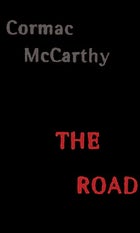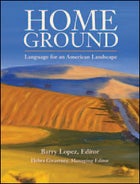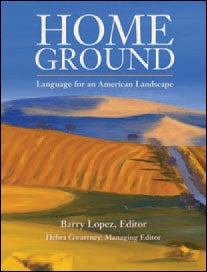IT MAY SEEM a departure for Cormac McCarthy to take on postapocalyptic sci-fi, but The Road (Knopf, $24) bears all his trademarks. McCarthy’s vintage charactersnotably in his Border Trilogy, including 1992’s All the Pretty Horsestend to be outcasts in desolate country, yearning for a lost way of life. Here, the metaphors of alienation are all too literal: In the darkness of a relentless nuclear winter, a father and son are loners by defaultthey’re practically the last people on earth. In a bleak, gripping riff on the road-buddy storyMad Max meets Faulknerthe homeless pair journey through what was once, it seems, the southern United States, pushing a salvaged grocery cart and occasionally encountering tattooed “roadagents” who literally try to eat them. If it sounds like self-parody, I promise it’s not. The Road is filled with McCarthy’s famous nihilistic violence and moral essentialism. The tense narrative is pared down to the duo’s basic quest for survival, making for some masterful suspense. Flashbacks to the “vanished world” are few but include terse, powerful elegies to biodiversity, green grass, and sunshine. “He dreamt of walking in a flowering wood where birds flew before them . . . and the sky was aching blue but he was learning how to wake himself from just such siren worlds.” We know virtually nothing about why the bombs flew. We know nothing about the man, except that he is educated, wily, and very sick. All we know about the child is that he’s old enough to know the alphabet and infused with almost mystical goodness. As the two march south through the creatureless country, both realize that the dead are the lucky ones. They keep going for each other’s sake and also because they are driven, as the child articulates it, to find the good guysif any still existand escape the bad. Hell may be other people, but, as McCarthy reminds us, there is no salvation without them, either. The Road is airless and chilling, its deadpan horrors leaveneda littleby a filial tenderness that tries and mostly manages not to veer into sentimentality: “Then they set out along the blacktop in the gunmetal light, shuffling through the ash, each the other’s world entire.”
The Road
 The Road by Cormac McCarthy
The Road by Cormac McCarthyHome Ground
 Home Ground
Home Ground
Natural Literacy
Home Ground: Language for an American Landscape (Trinity University Press, $30), a glossary of geographic terms penned by nature writers from Charles Frazier to Gretel Ehrlich and edited by ���ϳԹ��� correspondent Barry Lopez, is more than a reference bookthough it does come in handy when you can’t recall the difference between a hoodoo and a hogback. Among our favorite entries:
Blind Creek: To most eyes a dry creek is a place where a creek once flowed and after a rain will likely flow again . . . A ghost, if you will, holds the creek’s place, moving slowly in darkness below the dry, sun-baked surface.
Barry Lopez
Ribbon Fall: The name says it all. A ribbon fall is a tall, thin waterfall. Ribbonlike. The analogy was irresistible to settlers looking for words to fit the landscape.
Charles Frazier


